Feeling Big

“The child is not a citizen of the future; he is a citizen from the very first moment of life and also the most important citizen because he represents and brings the ‘possible’…a bearer, here and now of rights, of values, of culture.” -Carlina Rinaldi, In Dialogue with Reggio Emilia: Listening, Researching and Learning
A few years ago, I had the opportunity to listen to Ben Mardell speak about the capacities of children. He spoke of children as citizens – not future citizens, or potential citizens, but of children as citizens now. As an educator, I hold an image of young children as capable, competent, and full of gifts that the world needs. In contrast, young children have the least amount of power in our society and oftentimes are reductively viewed as cute, small, incomplete, or a future resource. Ben suggested that it is the context children are in that make them feel big or small—to themselves and to the adults around them.
Since hearing Ben speak, I’ve wondered about the various contexts children live within and about the conditions I’m creating in the classroom each day. I wonder:
What would happen if schools were designed as places for children to feel big?
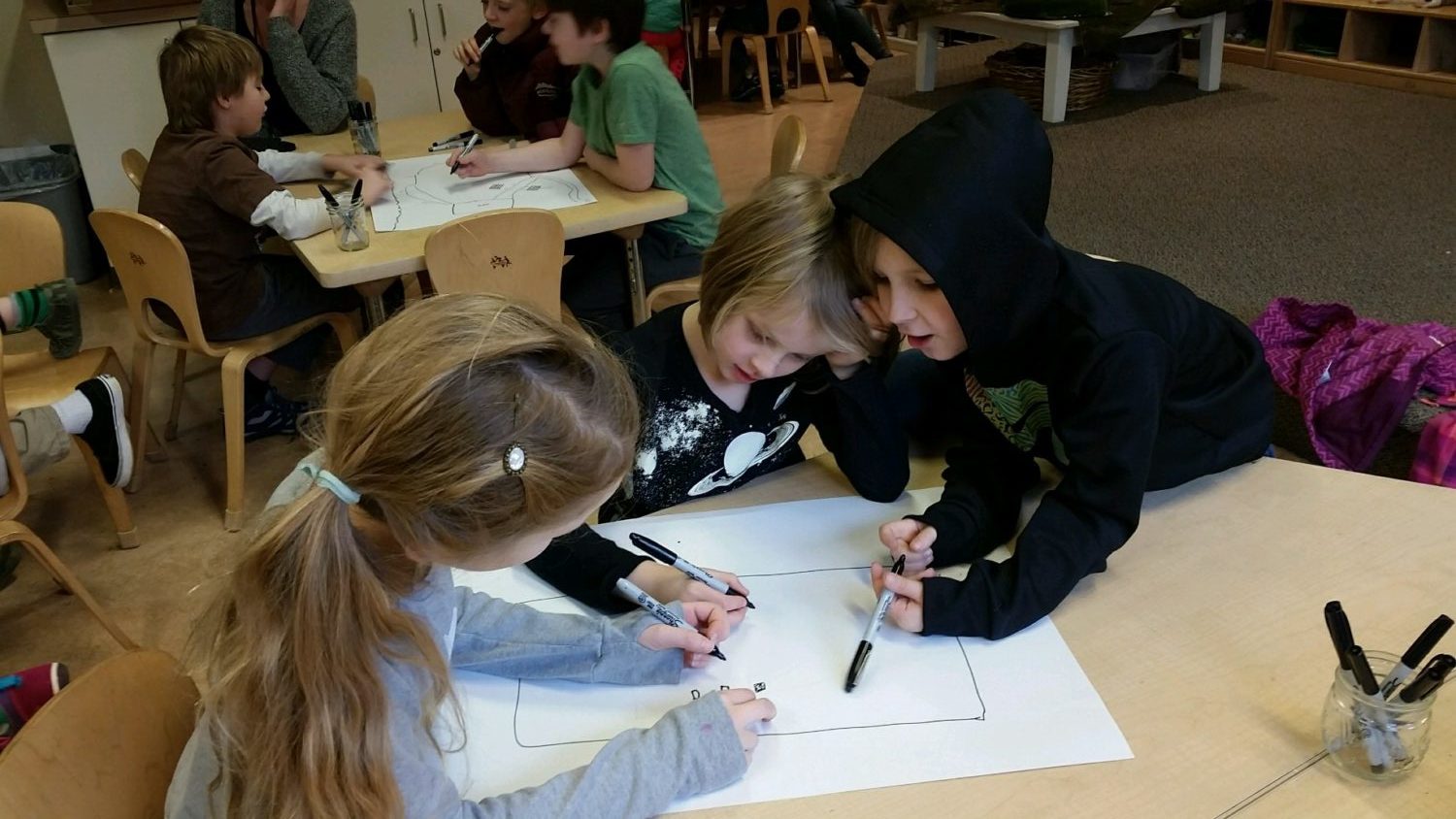 This year, I’ve been particularly interested in how seeking opportunities to explore ideas and take action outside of our classroom walls contributes to this feeling of “bigness.” I’m curious about the connections between having an authentic audience outside of the classroom and the children’s sense of agency and how they view their impact on their communities and the world. I wonder how having a platform to share their ideas with adults who are eager to listen changes how they view themselves and how others view them.
This year, I’ve been particularly interested in how seeking opportunities to explore ideas and take action outside of our classroom walls contributes to this feeling of “bigness.” I’m curious about the connections between having an authentic audience outside of the classroom and the children’s sense of agency and how they view their impact on their communities and the world. I wonder how having a platform to share their ideas with adults who are eager to listen changes how they view themselves and how others view them.
Recently Matt wrote a post about a new vision and mission for Portland Children’s Museum. Within these new statements, I hear a step towards a commitment to making children feel big. I’m excited to work in an organization that values creativity, curiosity, and empathy as unique and critical gifts of childhood. And I can’t think of a better place for a group of 6-, 7-, and 8-year olds to explore their “bigness” than a children’s museum that serves 270,000 guests a year.
An opportunity to collaborate with Portland Children’s Museum came when Somya Singh, the Director of Exhibits, invited the children in Dogwood to contribute to a new exhibit, Voyage to Vietnam: Celebrating the Tet Festival. You can read the invitation the children received here. The children eagerly accepted this invitation and since then have been diligently working to dream up, draft, revise, and create a contribution for this new exhibit.
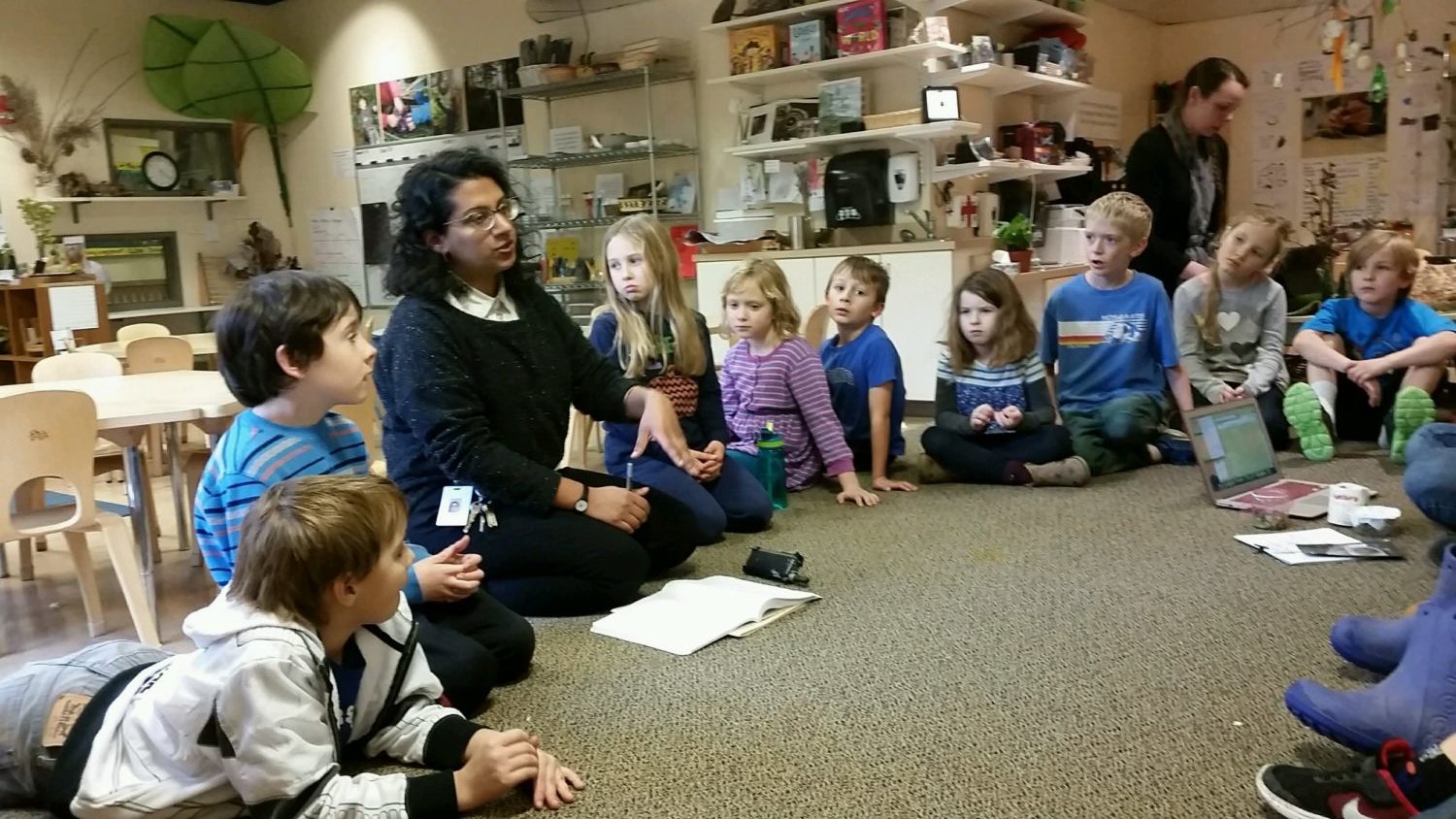 This invitation seemed like both another opportunity to explore the intentions we set around “the we that I am” at the beginning of the school year (which you can read about here and here) as well as provide a more public platform for the children to share their ideas and explore their bigness. I wondered: How might taking action to contribute to something bigger than our classroom community support us in knowing more about who we are and how we want to be together? How might having a public audience support the children in Dogwood to explore their bigness in a new way?
This invitation seemed like both another opportunity to explore the intentions we set around “the we that I am” at the beginning of the school year (which you can read about here and here) as well as provide a more public platform for the children to share their ideas and explore their bigness. I wondered: How might taking action to contribute to something bigger than our classroom community support us in knowing more about who we are and how we want to be together? How might having a public audience support the children in Dogwood to explore their bigness in a new way?
It felt important to begin our work by dreaming without boundaries—for the children to use their full imaginations to consider multiple ways they might contribute to an exhibit that highlights the connections between the intentions of the Voyage to Vietnam exhibit and what the children are discovering about who they are as a community in Dogwood. This dreaming elicited many possibilities and much enthusiasm.
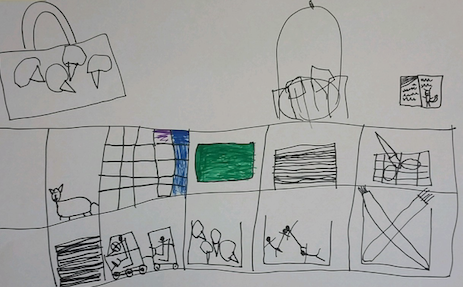
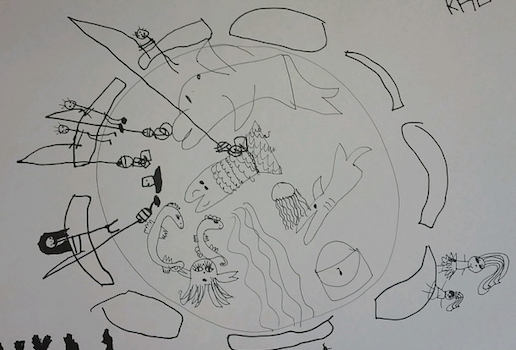
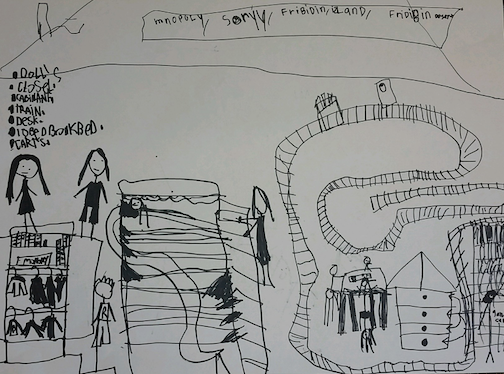
Our next step was to consider some of the constraints we were being asked to work within. Considering budget, time, space, materials, and trying to take the perspective of multiple points of view, imagining all different kinds of visitors playing within this space, gave us some real problems to solve.
We’ve built models and prototypes, engaged in dialogue, drafted blueprints, given and received feedback, and most recently enlisted multiple people outside of our classroom community to support us in our research of what we thought might work.
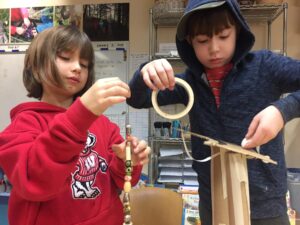
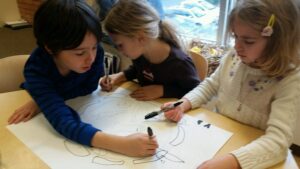
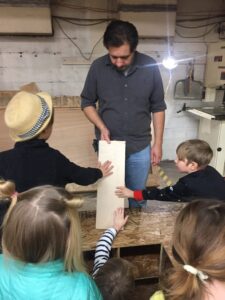
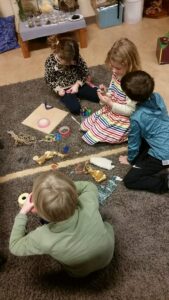
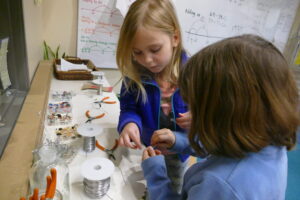
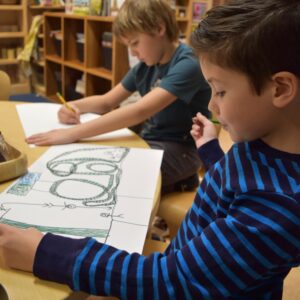
And while we were doing all of that, we were also working to pay attention to and call out the qualities that make us, the Dogwood community, who we are.
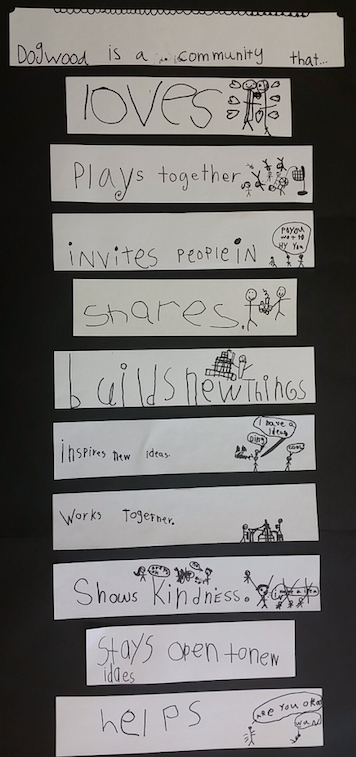
It was through thinking about what kind of community we wanted to be a part of that allowed us to consider what kind of experience we hoped to invite visitors to the museum to have.
After considering some of our constraints, making connections between who we are and what we want guests to experience, and brainstorming, collaborating, and revising multiple ideas, the children set up the classroom and invited their families and a group of friends from one of our Beginning School classrooms to come in and test out their ideas.
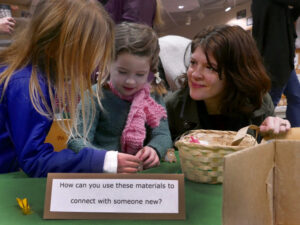
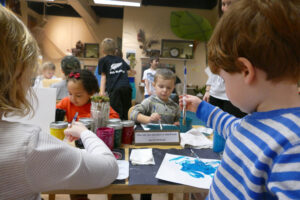
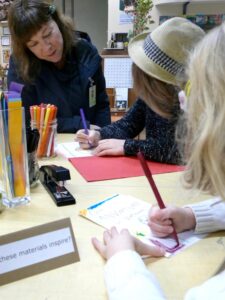
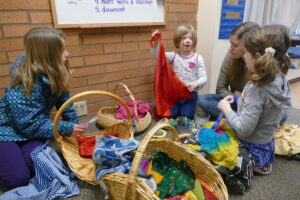
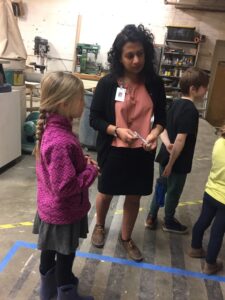
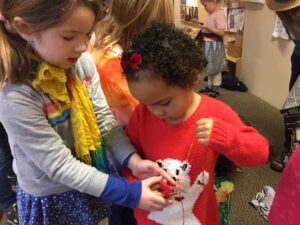
For the children in Dogwood, having an opportunity to collaborate side-by-side with people (both adults and children) outside of the classroom – people who value their ideas, creativity, and innovation now and not just as potential for the future – has catalyzed that feeling of bigness.
I’m wondering:
What are you doing in your setting to help children feel big?

Kerry, I love this post and it complements Susan’s last one so well. Thank you for showing how you took what you value and brought it to life!
Thanks for your post Kerry! I love collaborating with the teachers and students on exhibits projects. It opens up the door to new creative possibilities and it’s important to our team that children guide the design process, since our exhibit audience is primarily for children. Working with Dogwood on this Voyage to Vietnam exhibit has been playful and full of insight and we look forward to the next step in the process.